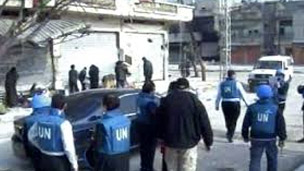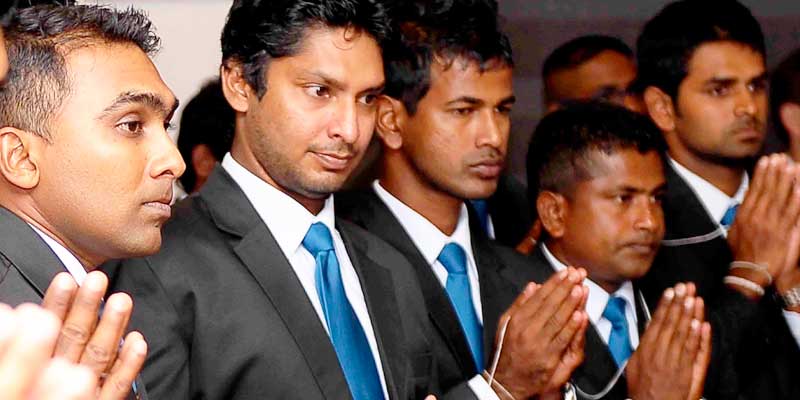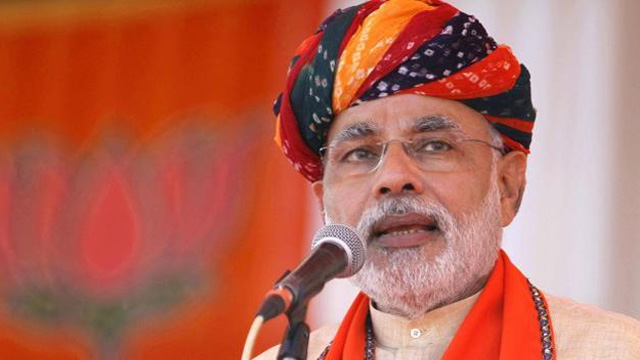A vast majority of Syrians have been killed in unlawful attacks through use of conventional weapons such as guns and mortars, with children making up a large proportion of the casualties, UN reports.
A vast majority of Syrians have been killed in unlawful attacks through use of conventional weapons such as guns and mortars, with children making up a large proportion of the casualties, the United Nations-appointed human rights probe has reported.
“Arms transfers should not occur where there is a real risk that they will be used in the commission of crimes against humanity, violations of international humanitarian law, or war crimes. In Syria, this is a tragic reality,” Paulo Pinheiro, the chairman of the International Commission of Inquiry on Syria said Monday as he introduced the report to the UN Human Rights Council.
He noted that civilians continued to face daily indiscriminate shelling and bombardment by government forces, and that extremist anti-government groups have targeted civilians in attacks across the northern governorates.
Pinheiro noted that the latest diplomatic efforts in Geneva involving Russia and the US aimed at removing the arsenal “may form the bedrock of a broader negotiation leading to a political settlement of the conflict”.
He said the vast majority of the conflict’s casualties result from unlawful attacks using conventional weapons such as guns and mortars.
“The government has continued its relentless campaign of air bombardment and artillery shelling across the country,” he said.
Since July 15, the commission documented unlawful attacks in 12 of the 14 governorates, with particularly intense shelling in the cities of Damascus, Homs and Aleppo and surrounding areas.
Cluster munitions continue to be dropped on civilian areas, notably in Idlib governorate, Pinheiro said highlighting some of the findings since the latest report was produced by the commission.
Those include an attack on a school in Awram al-Koubra, Aleppo countryside, where the Syrian government dropped an incendiary bomb Aug 26, according to accounts from survivors of the attack.
Eight students died in the blaze that followed with 50 others suffering fatal burns over up to 80 percent of their bodies.
“There is no evidence of any opposition fighters or lawful targets near the school,” the Commission concluded.
Government forces continued to launch attacks on medical personnel and hospitals, according to a separate paper titled ‘Assault of Medical Care in Syria’.
“The discriminatory denial of the right to health as a weapon of war has been a chilling feature of this conflict,” the commission reported, adding that the sanctity of medical care is disrespected and the sick and wounded are targeted.
Attacks on hospitals have occurred as recently as Sep 12, when government planes attacked a field hospital near Aleppo city, reportedly killing 11 people, and wounding dozens more.
Anti-government armed groups also launched attacks on medical personnel and hospitals, the commission stated. On Aug 16, fighters affiliated to Jabhat Al Nusra and Islamic State of Iraq and Al-Sham attacked a Kurdish Red Crescent ambulance in the Aleppo governorate killing the driver, a patient and a paramedic.
Syria has become an increasingly dangerous place for journalists to work, Pinheiro said, noting a “disturbing pattern of harassment, arrest and detention” of journalists, especially foreigners.
In the last six weeks, reports have been received of journalists kidnapped by extremist anti-government armed groups.
The head of the commission also noted an “upsurge in crimes and abuses” across northern Syria committed by extremist anti-government armed groups.
Established by the UN Human Rights Council in 2011, the commission is mandated to investigate and record all violations of international human rights law during the Syria conflict.
The commission is due to make public Wednesday its latest report based on 258 interviews and other evidence collected during the two-month period between May 15 and July 15 this year.
IANS





